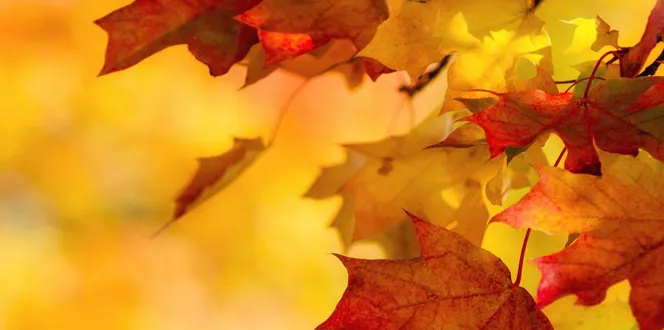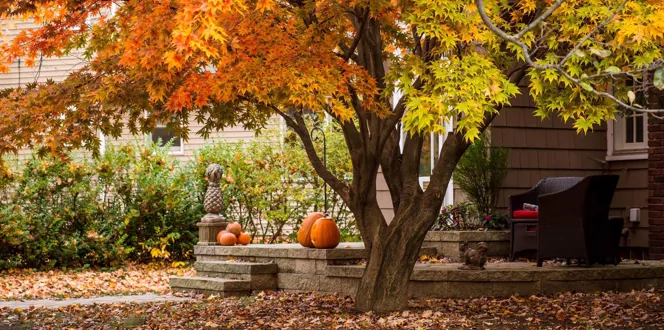When the calendar flips from summer to fall, we pack away the swimsuits, beach towels and pool accessories. But what about the garden hose?
Our plants need our attention (or should we say H2O) the most during summer’s hottest days. But wintertime brings a dry spell of its own. When plant and tree beds are packed under snow and ice, roots can get thirsty.
Hydrating plants right before winter helps them cope. But, too much moisture around the roots when the ground’s too cold can do more harm than good. So, what’s the happy medium?
When to Stop Watering Trees, Perennials and Annuals in Fall
Before winter, plants need a hearty dose of H2O to keep them hydrated throughout the season.
When to Stop Watering Trees in Fall
If it’s dry and hasn’t rained for a few weeks, keep watering trees as they need it until the ground begins to freeze, which usually happens in late October or November if you experience a true winter. Or if you’re in a southern climate, the soil may not begin to freeze until December (or at all).
Plan to water your tree up until temperatures dip into the 30s for a few days straight. If you live in Denver, a warmer region, or an area with a mild winter, you can hydrate your tree in winter if it looks thirsty. Just make sure the thermometer reads over 40 degrees.
When to Stop Watering Annuals and Perennials in Fall
Flowers also need a steady flow of moisture right up until the ground freezes in late autumn. Wind down the water as temperatures begin to drop below 40 degrees. Most summer annual plants will freeze and die with the first or second hard frost.
As always, irrigate your perennials and annuals in the morning when you can! That way, the soil has time to soak it all in before temperatures drop in the evening.





